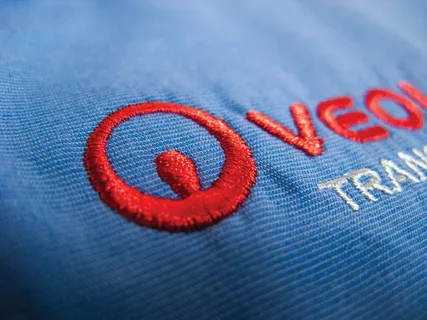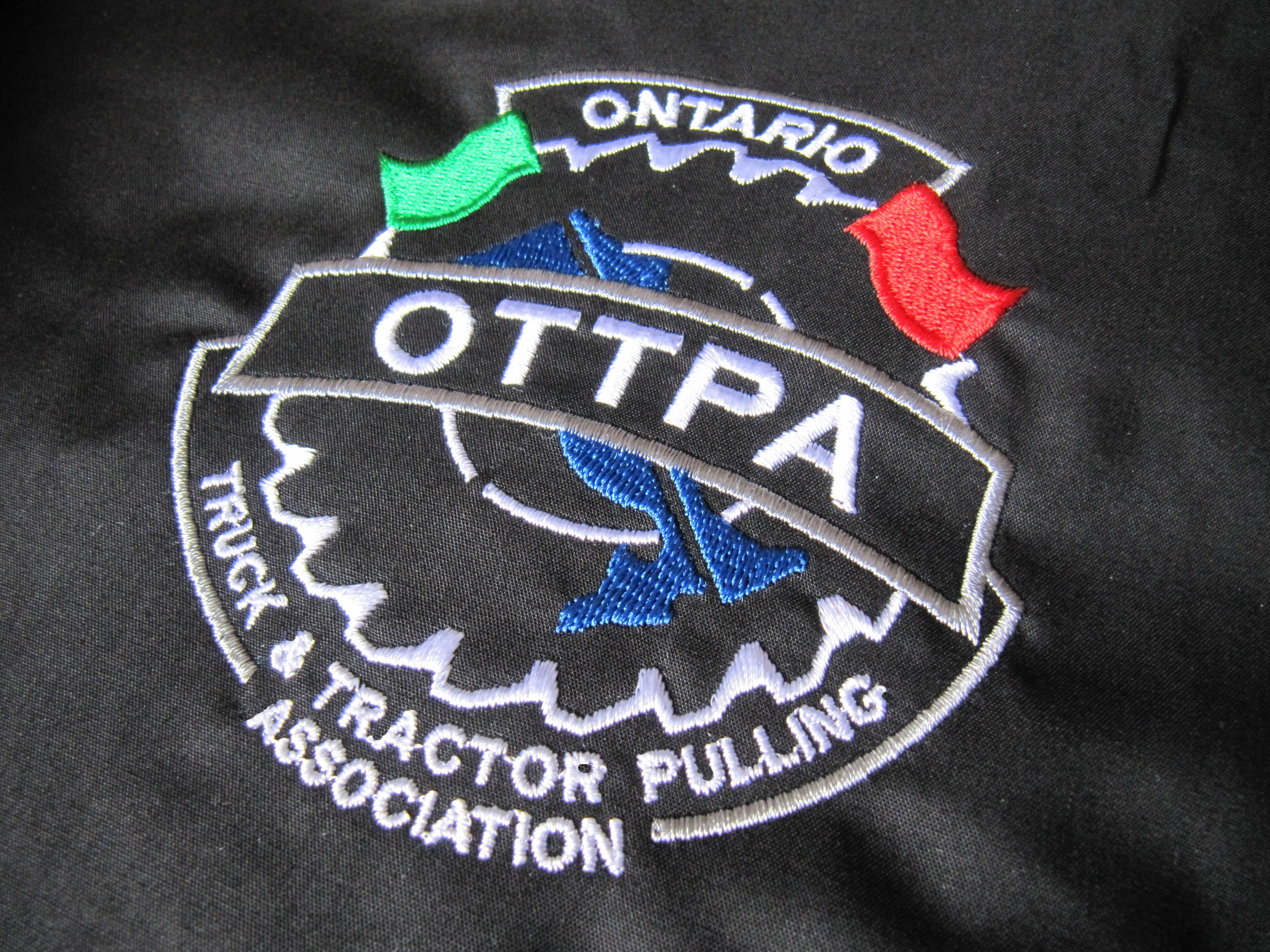Page Contents
Factors And Guidelines For Choosing The Ideal Embroidery Size
The ideal embroidery size depends on factors such as the item being embroidered, the placement of the design, and the desired effect. For instance, smaller items like caps can have designs 2 to 3 inches wide. Larger items, like jackets or bags, can have designs 5 to 12 inches wide. T-shirts typically have chest designs of 3 to 4 inches and back designs of up to 12 inches. Baby clothing requires smaller, 2 to 4-inch designs, and home decor items generally suit designs between 5 to 10 inches. These are general guidelines and for custom projects, consult a pro embroiderer.

Why Size Is So Important In Embroidery?
Embroidery isn’t just about thread and fabric; it’s about creating art with precision. The size of your custom digitized embroidery designs has a direct impact on how your final project will turn out. But why exactly does it matter? Here are a few reasons:
- Detail and Clarity: The more intricate your design, the more space it needs. Sizing down could mean losing the fine details that make your design pop.
- Fabric Type: Different fabrics have different levels of stretch and strength. A large digital embroidery design might pull too much on a delicate fabric, leading to puckering or distortion.
- Purpose: Your embroidery’s purpose will determine the ideal size. It could be a small logo on a shirt or a large, decorative piece.
Understanding Standard Sizes For Embroidery Designs
There are a few common sizes that people typically use for digitized embroidery designs. These sizes can give you a great starting point, though the perfect size will depend on your specific project.
Small Embroidery Designs: When Less Is More
If you’re working on a smaller project, like a shirt pocket or a baby onesie, you’ll likely need a compact digital machine embroidery design. But don’t let the small size fool you—these designs still need to be carefully digitized to maintain quality.
For small designs:
- Stick with simpler elements; intricate designs may lose clarity.
- Use higher stitch densities to make the design more defined.
- Avoid very tiny lettering; anything smaller than 0.25 inches may become unreadable.
Medium Embroidery Designs: The Sweet Spot For Most Projects
Medium-sized designs, often ranging from 4×4 to 6×6 inches, are the go-to for most machine embroidery designs. They provide enough space for details without overwhelming the fabric. For a logo on a polo shirt or a pattern on a tote bag, medium designs are best. They balance visibility and detail.
Key points for medium designs:
- Use a balanced stitch density to keep the design looking sharp.
- Choose fabrics that can handle the larger surface area without puckering.
- Opt for this size for items like t-shirts, pillows, or mid-sized crafts.
Large Embroidery Designs: Making A Bold Statement
Are you ready to go big? Large custom embroidery designs make a bold statement on jackets, blankets, or wall hangings. Larger designs, typically 8×8 inches and up, allow you to really showcase detailed patterns and artwork.
When working with large designs:
- Break the design into sections if necessary to maintain quality.
- Use fabrics that can support heavier stitch work without distorting.
- Consider reducing stitch density slightly to prevent the fabric from becoming too stiff.
Balancing Complexity And Size In Your Designs
Complex digital embroidery designs can be awe-inspiring, but they require the right amount of space. If your design includes small, intricate patterns, giving it enough room to breathe is crucial. Here’s how you can balance complexity and size:
- Intricate Designs: Opt for a medium to large size. Intricate patterns need space for each detail to stand out. If you try to shrink them down too much, you may lose the overall effect.
- Simple Designs: These can be resized more freely without losing much quality. A minimalist digital machine embroidery design can look just as good on a small patch as it does on a large surface.
How To Choose The Best Size For Your Specific Project?
To find the best size for your embroidery designs, consider three factors: fabric type, design complexity, and use. Here’s a quick checklist to help you out:
- Consider the Fabric: Is it sturdy enough to hold a large design, or will it warp? Lightweight fabrics like silk require smaller, simpler designs to prevent pulling.
- Think About Detail: How intricate is the design? Larger designs handle complexity better, while smaller ones should stick to simpler elements.
- Where Will the Design Be Placed?: If you’re putting the design on the back of a jacket, you can go big. For smaller areas, like shirt sleeves, you’ll need to scale it down.
When To Use Custom Digitized Embroidery Designs?
There’s something special about having a custom digitized embroidery design that’s perfectly suited to your needs. Whether you’re working on a one-of-a-kind project or creating a design that represents your brand, custom sizes can make all the difference.
- For Businesses: Creating branded items? A well-sized digitizing machine embroidery design can make your logo look great on uniforms, bags, and other items.
- For Personal Projects: If you’re embroidering a gift or decorating your home, custom sizing lets you match your vision exactly.
Digitizing Machine Embroidery Designs: Does Size Matter In The Process?
When it comes to digitizing machine embroidery designs, size plays a crucial role. The digitizing process involves turning a design into a format that an embroidery machine can read. If a design is too small, the digitizer may struggle to include all the details. If it’s too large, the file can become too dense, leading to issues during stitching.
Here are some tips for digitizing based on size:
- Small Designs: Avoid overloading with too much detail. Keep lines clean and use fewer colors to prevent clutter.
- Medium Designs: Strike a balance between detail and stitch count. These are the easiest to digitize, as they offer plenty of room without going overboard.
- Large Designs: Make sure your digitizer breaks up the design into smaller sections if necessary. This prevents thread from bunching and ensures smooth operation.
Ensuring Your Embroidery Design Is The Right Size
Before you start stitching your digital embroidery designs, here are a few final tips to ensure everything is perfect:
- Do a Test Stitch: Always test your design on a scrap piece of fabric to ensure the size is working well.
- Adjust as Needed: Don’t be afraid to tweak your design’s size based on how the test stitch comes out. Sometimes, resizing by just a fraction of an inch can make all the difference.
- Ask for Professional Help: If you’re unsure, consult with a professional who can help you choose the best size for your project.
Your Perfect Embroidery Size Awaits!
Finding the ideal size for your digitized embroidery designs may take some trial and error. However, using an embroidery size chart or an embroidery design size guide can make the process easier and more precise. Once you get it right, it makes all the difference in your final project. When using custom or simple machine embroidery designs, balance detail, fabric, and purpose for the best result. Go ahead, experiment, and most importantly, have fun with your embroidery! The right size will not only showcase your creativity but also ensure your hard work shines in every stitch.
Read More


